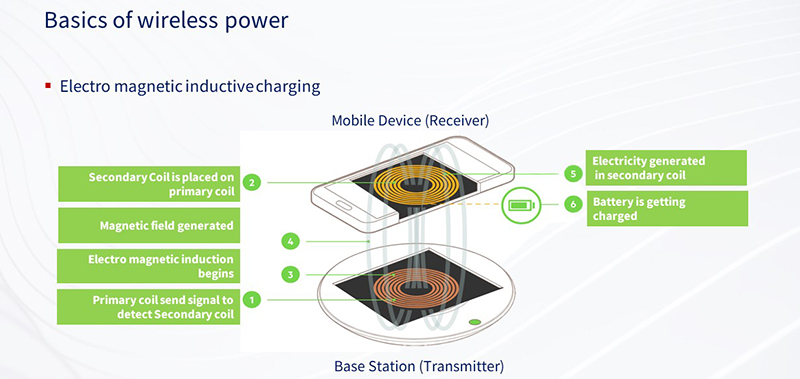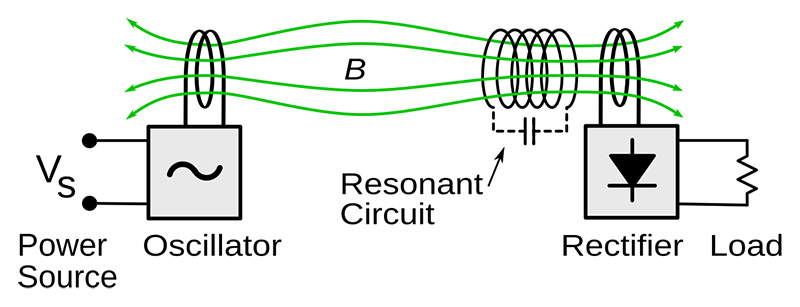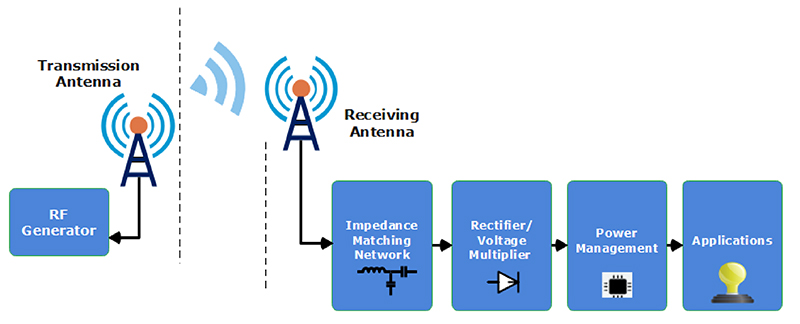Wireless charging, also known as inductive charging, has become one of the most significant advancements in the intelligent charging industry in recent years. From smartphones and earbuds to smartwatches and even electric vehicles, wireless charging provides a more convenient, cable-free way to keep devices powered. But beyond the surface of placing a phone on a pad and watching it charge, wireless charging involves sophisticated engineering principles, global standards, and evolving use cases.
Definition of a Wireless Charger
A wireless charger is a device that transfers electrical energy to a compatible device—such as a smartphone or wearable—without the need for a physical wired connection between the charger and the device. Instead of using USB cables or power adapters, wireless chargers rely on electromagnetic fields to transmit energy across short distances.
Most consumer wireless chargers today are based on the Qi standard, developed and maintained by the Wireless Power Consortium (WPC). This standard ensures interoperability among chargers and devices from different manufacturers, promoting safety, efficiency, and reliability.

How Wireless Charging Works: The Science Behind It
At the heart of wireless charging is the principle of electromagnetic induction. The process can be broken down into several steps:
Power Source Connection
The wireless charging pad or stand is connected to an electrical outlet, usually via a USB cable and power adapter. This provides the initial alternating current (AC) power needed to start the charging process.
Transmitter Coil in the Charger
Inside the charging pad is a coil of wire known as the transmitter coil. When AC power is supplied to this coil, it generates a rapidly oscillating magnetic field.
Receiver Coil in the Device
Compatible devices, such as smartphones, have a receiver coil embedded inside their casing, typically located near the back panel. When the device is placed on or near the wireless charger, the receiver coil falls within the range of the magnetic field created by the transmitter.
Electromagnetic Induction and Energy Transfer
The magnetic field induces an alternating current in the receiver coil. This current is then passed through a rectifier circuit, converting it into direct current (DC), which is suitable for charging the device’s battery.
Communication and Power Regulation
Modern wireless chargers use a communication protocol between the charger and the device to regulate power levels. For example, the Qi standard allows the device to signal the charger to increase or decrease the power output, ensuring safe and efficient charging without overheating.
In essence, wireless charging works like a miniature transformer, where energy is transferred between two coils separated by a small gap rather than being directly connected.
Types of Wireless Charging Technologies
While inductive charging is the most common method, there are variations and emerging alternatives:
Inductive Charging (Qi Standard): Requires close physical alignment between the charger and device, usually within a few millimeters. This is the dominant technology in consumer electronics.

Resonant Charging: Allows slightly greater distance and more flexible positioning by using magnetic resonance instead of direct induction. This approach can charge multiple devices simultaneously.

Radio Frequency (RF) and Over-the-Air Charging: Still in early development, this method uses radio waves to deliver small amounts of power over longer distances. It is more suitable for low-power IoT devices than for smartphones.

Advantages of Wireless Charging
Convenience: Eliminates the need for plugging and unplugging cables, reducing wear on device connectors.
Reduced Cable Clutter: Helps create a more organized charging environment, especially in public spaces like airports or offices.
Universal Compatibility: With the adoption of the Qi standard, one charger can support multiple devices from different brands.
Enhanced Safety: Many wireless chargers include safeguards against overcharging, overheating, and short-circuiting.
Limitations and Challenges
Despite its advantages, wireless charging still faces challenges compared to traditional wired methods:
Efficiency Loss: Wireless charging is generally less energy-efficient than wired charging, with some power lost as heat during transmission.
Slower Charging Speeds: While wired chargers can support ultra-fast charging above 100W, most wireless chargers today range between 5W and 30W for consumer devices.
Precise Alignment Needed: For optimal performance, the device must be properly aligned with the charging coil. Misalignment can lead to slower charging or interruptions.
Heat Generation: Excess heat is a common issue, requiring built-in temperature control mechanisms.
Applications Beyond Smartphones
Wireless charging is not limited to mobile phones. Its applications are expanding rapidly:
Wearables: Smartwatches and wireless earbuds frequently use compact wireless charging solutions.
Automotive: Many modern vehicles integrate wireless charging pads in center consoles for driver convenience.
Furniture and Public Spaces: Wireless charging modules are being embedded into desks, coffee tables, and airport lounges.
Industrial and Medical Devices: In environments where traditional connectors may wear out or pose risks, wireless charging provides a safer, more reliable alternative.
The Future of Wireless Charging
The wireless charging industry continues to evolve in three key directions:
Higher Power Delivery: Efforts are underway to increase charging speeds, with 50W or higher wireless charging becoming available in some markets.
Greater Distance Capability: Resonant and RF-based solutions aim to remove the need for precise alignment, allowing devices to charge over longer distances.
Integration into Everyday Infrastructure: As smart homes and IoT ecosystems grow, wireless charging could be seamlessly integrated into surfaces and environments, making cables almost obsolete.
Conclusion
A wireless charger is far more than a simple convenience accessory; it represents a blend of electromagnetic engineering, global standards, and design innovation. By transferring power through electromagnetic induction, wireless chargers eliminate the need for physical connectors, offering users a more streamlined and safer charging experience. While current challenges such as slower speeds and efficiency losses remain, continuous innovation is driving the industry toward faster, more flexible, and widely integrated solutions. Ultimately, wireless charging is shaping the future of how we power our increasingly mobile and connected world.
